Kalitta Air/American International Airways Douglas DC-8-61(F) [Flight 808]
Edit: I changed the name slightly. Let me know down in the comments if you prefer the airline's name, or the plane's name, being at the front of the title. I need to know this for titling future posts.
Credits
Fuselage: Annedzsrue's DC-8-61
Engines (replaced them to make the plane look more realistic): Annedzrue's DC-8-32
IMPORTANT
This post itself only allows you to download the full livery version (which looks better) of this aircraft. If you want more historical accuracy, download N714CK using this link.
Personal Notes
Kalitta Air's one of those airlines that people hear about really often, but forget about very quickly. After seeing only 1 Kalitta Air plane on SP, I decided to make one from that airline, and with a historical air crash linked to it.
After making the historically-accurate plane, I decided to just make a full Kalitta Air livery since the original plane's literally just plain white and I didn't want people telling me that I'm not putting effort into my liveries down in the comments.
Oh yeah, and the full livery version of the plane somehow autocorrects its roll, so I guess it's been fixed after flight 808...? lol
(the plain livery version still allows you to bank a lot though)
Anyway, have a (not so) safe flight! (as a piece of cargo maybe?)
At the Edge of Endurance: The Crash of American International Airways Flight 808
In 1967, Kalitta Air was founded by racing driver Conrad (Connie) Kalitta. It mainlyoperated scheduled/chartered passenger and cargo flights.
In 1985, American International Airlines was used as a brand name for the airline. During the 1990s, AIA flew cargo for the US Department of Defense for military operations, including Operation Desert Storm, which was an armed campaign waged in response to Iraq's invasion of Kuwait.
The accident aircraft was an old Douglas DC-8-61, first introduced in 1965. It was piloted by Captain James Chapo, who had over 20,000 flight hours. Joining him were First Officer Thomas Curran and Flight Engineer David Richmond, both of whom also had thousands of hours of flight experience.
After flying around the US for 2 nights straight and landing in Atlanta, the crew wanted to go back to their homes there (in Richmond's case, a hotel) and rest. However, another AIA aircraft slated to carry submarine parts couldn't make it to its pickup pointat Norfolk, Virginia, and AIA called the 3 crew back to replace them before they could even settle down.

The original flight plan of flight 808.
The flight plan was to go to Norfolk to get the parts, transport them to a US military base in Guantanamo, Cuba, and then head back to Atlanta, a total travel time of at least 11 hours and bound to exceed the 12-hour limit imposed on international flights under parts 121/135 of the Federal Aviation Regulations. To get around this, AIA classified the return flight to Atlanta as a ferry flight, which under part 91 of the FAR applies to private/general aircraft, which do not have a maximum duty time.
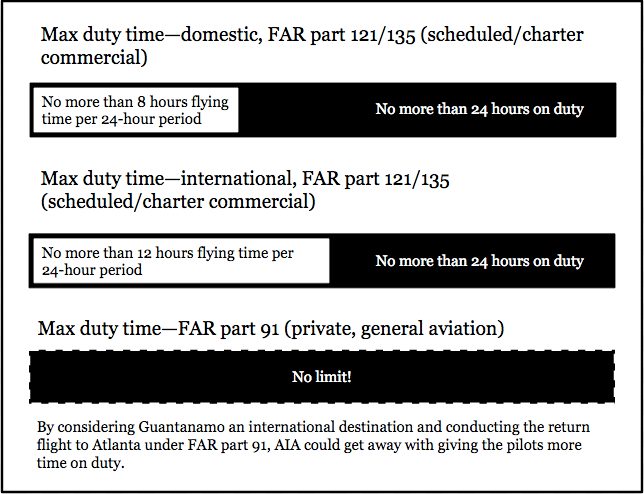
By the time flight 808 started descending into Guantanamo Bay, the crew had had been on duty for 18 hours, and fatigue set in. This caused them to start losing their heads.
Runway 28, which had a straightforward approach, was the preferred (and probably obvious) runway to land on. However, in a spur of the moment, Captain Chapo decided to take the approach to runway 10 instead. This particular runway was extremely challenging for large airliners to land on, as it required approaching it from the south, making 2 sharp 90-degree turns and lining up with the runway at the last second, all while avoiding prohibited Cuban airspace, a mere 1200 metres from the runway edge.
At the time, he apparently did this "just for the heck of it".

The required approaches to both runways, alongside flight 808's actual path.
A strobe light was set up on a tower to inform aircraft of where the Cuban border met the sea, allowing them to establish the boundaries. However, on that day, the light wasn't working, and the person manning it didn't notice. The crew's inability to locate the light, coupled with a fear that their aircraft would be shot down if it entered Cuban airspace, made Captain Chapo become completely fixated on finding it, instead of focusing on the airspeed. As a result, he turned the aircraft towards land too quickly, making it impossible to successfully land on runway 10 from that point onwards. He continued on towards the airport anyway, instead of initiating a go-around.
When Captain Chapo made the final turn with a bank angle of 30 degrees to the right, the maximum typically used in normal operations, it obviously wasn't enough to align with the runway. He thus banked more, allowing the aircraft's airspeed to decrease to 136kts (252km/h) and ignoring Richmond's subsequent warning.
As Chapo banked to 50 degrees, the wings generated less lift, increasing the stall speed. When it met the decreasing airspeed, the aircraft's stall warning engaged, but Chapo remained hell-bent on aligning with the runway and kept on banking the aircraft until it reached nearly 90 degrees. You can pretty much imagine what happened next.
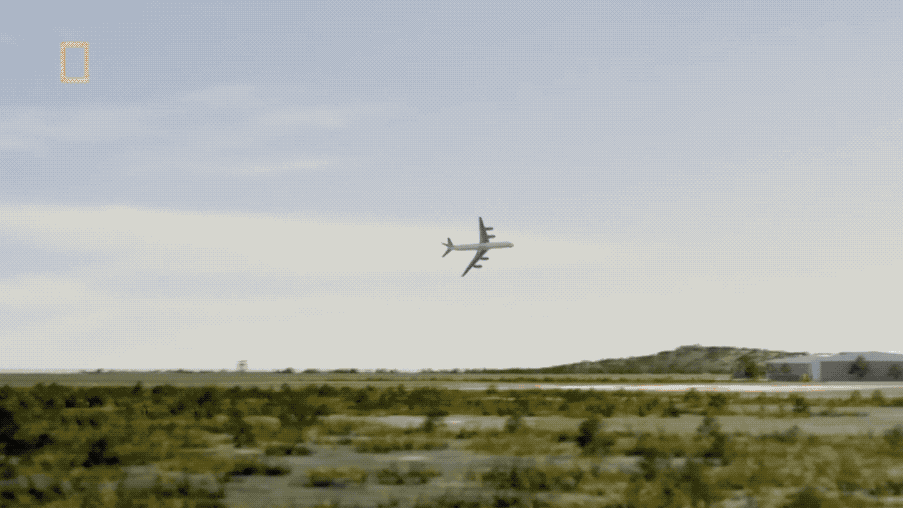
A CGI rendering of the crash from Season 19, Episode 4 of Air Crash Investigation-Mayday-Borderline Tactics.
Miraculously, despite the huge ball of fire that was the plane slamming into the ground, the cockpit shot away from the rest of the aircraft mostly intact, and all 3 crew members made it out alive, albeit with serious injuries. They had little memory of the crash.

The cockpit of the plane after the crash.
Like almost all events, this crash had several factors causing it.
Firstly, the pilots weren't given a manual by AIA about procedures required to land at Leeward Point Field, or a briefing about them. The only training they received was from a video they watched 5 months ago, which the NTSB felt wasn't sufficient.
Secondly, they were suffering from fatigue, having acquired only 8-10 hours of sleep in the past 2 days. NASA research shows that fatigue can affect one's ability to process information, make decisions and handle simultaneous tasks, making them feel detached from reality. This is most likely what caused Captain Chapo to have a lack of risk awareness, or focus, and therefore fly the plane in an unsafe manner.
Upon investigation of AIA, the NTSB found out that
- the FAA inspectors didn't receive enough finances to inspect the airline,
- AIA was often reluctant to comply with FAA regulations and usually did the bare minimum to reach them,
- abuse and verbal intimidation of pilots was common at AIA,
- AIA's profit-driven and corner-cutting strategies created a culture where pilots were expected to take up whatever assignments they were given without accounting for fatigue, and were subject to discrimination if they refused assignments for this reason.
- AIA's contract with the Department of Defense was highly demanding, where the DoD would penalise the airline if too many aircraft were late leaving Norfolk. This caused the airline to cut all these corners. Even the number of management staff was at a bare minimum, forcing them to overwork in order just to keep the airline running.
In the end, the NTSB concluded that pilot fatigue was the cause of the accident. It advised the FAA to close the loophole for ferry flights and update its duty time regulations, AIA to provide better crew resource management training, and the DoD to brief pilots on landing at airports with special landing conditions.
Today, duty time limits for pilots in the US are much stricter, and it is ensured that nothing like Flight 808 happens on its soil ever again.
Here's the full article written by Admiral Cloudberg on Medium, which I condensed and got the real-life images from. It's very in-depth, and I recommend you to read it.
Totally unrelated but this plane suddenly decided to take a swim
Upcoming Livery Projects (not in sequence)
Completed liveries are linked (excluding this one)
A330-300
- Korean Air Flight 631
A340-300
A340-600
A350-900
A350F
- SIA Cargo
DC-8
- Kalitta Air/American International Airways Flight 808
CV-990
- Spantax Flights 275 and 400
777-100
777-200
- Malaysia Airlines Flight 370/17
A310-300
- Singapore Airlines Flight 117
747-400
- Singapore Airlines Flight 286
787-9
- Scoot
A320-200
- Jetstar Asia
Comac C919
- Air Koryo
Tu-154
- Polish Air Force Flight 101
Specifications
Spotlights
- FerretAeronautics 2.4 years ago
- ayou2005 2.4 years ago
- Zero0Two2 2.4 years ago
- CooperFilms001 2.4 years ago
- JJsimple 2.4 years ago
- Gabriel747 2.3 years ago
General Characteristics
- Predecessor Douglas DC-8-61 Nationair Canada
- Successors 13 airplane(s) +205 bonus
- Created On Mac
- Wingspan 143.3ft (43.7m)
- Length 194.5ft (59.3m)
- Height 44.2ft (13.5m)
- Empty Weight 161,361lbs (73,192kg)
- Loaded Weight 198,261lbs (89,929kg)
Performance
- Power/Weight Ratio 1.333
- Wing Loading 63.3lbs/ft2 (309.1kg/m2)
- Wing Area 3,131.6ft2 (290.9m2)
- Drag Points 27053
Parts
- Number of Parts 581
- Control Surfaces 8
- Performance Cost 3,328



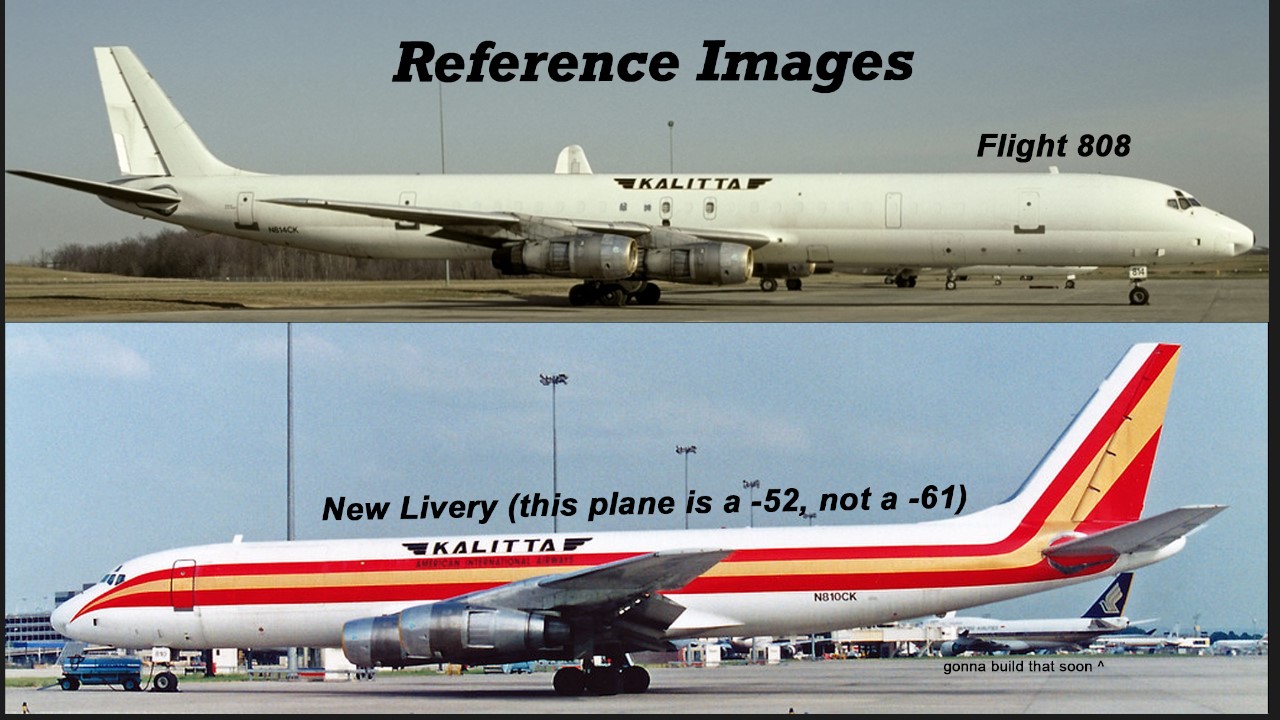
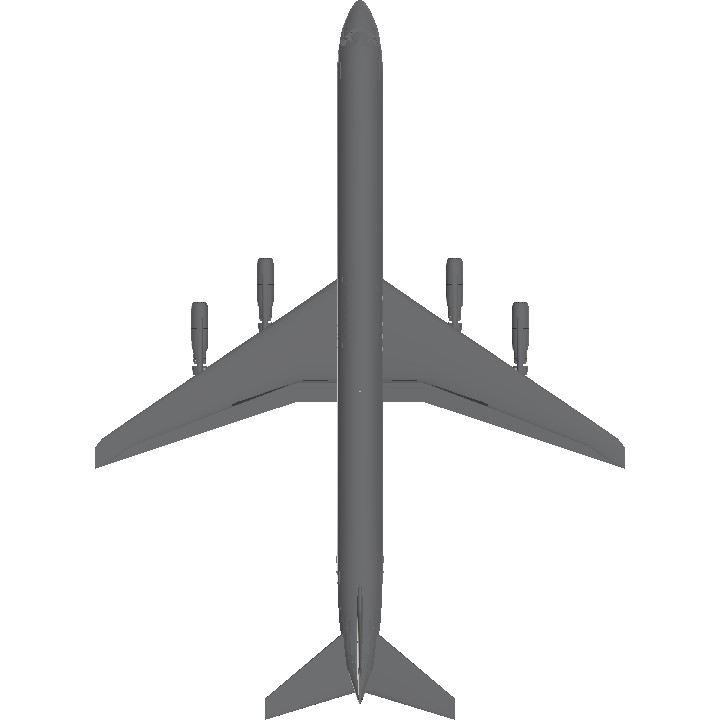
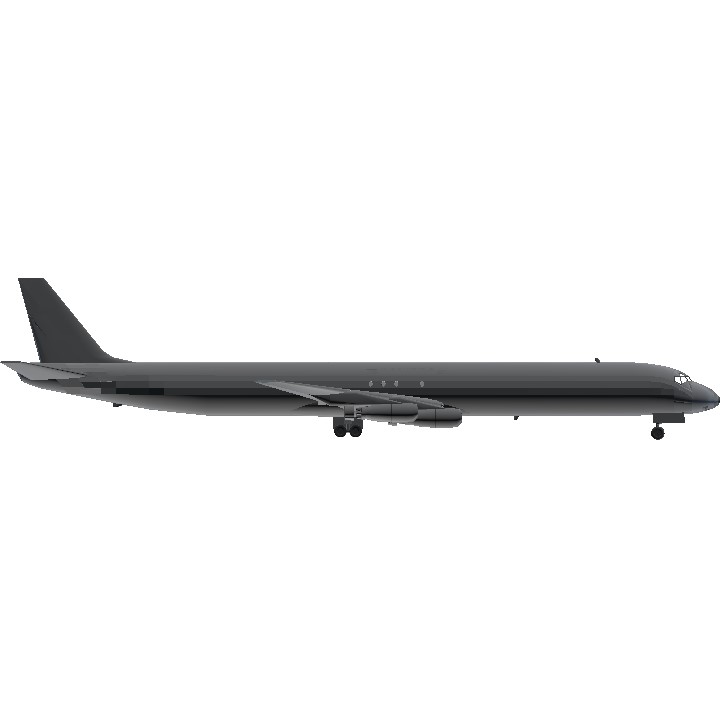
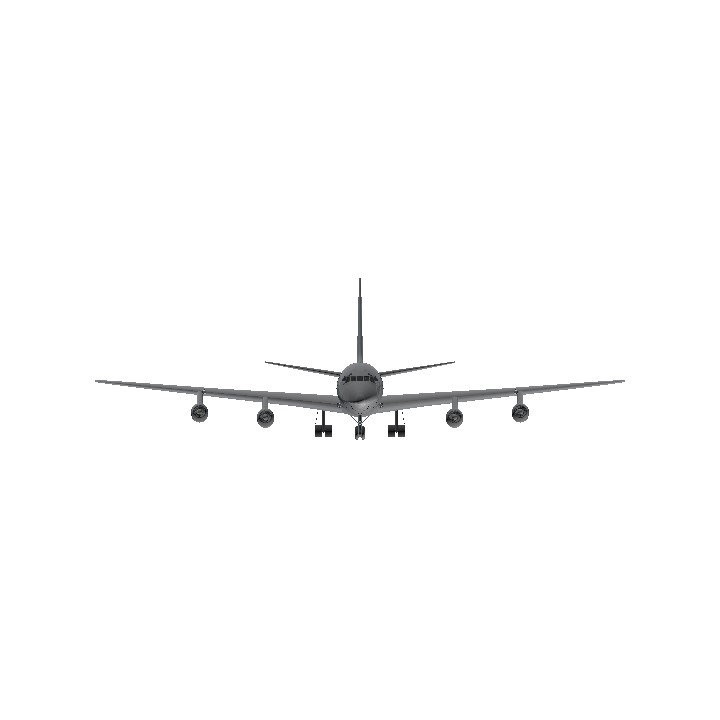
Nvm
Can I make a new variation?
That much angle and crashed with pilots surviving is crazy and lucky
@KangIntel 2 reasons:
-From the real-life images of the plane, it looks like Kalitta bought a passenger DC-8 from the 60s, original engines and all, and just used it as a cargo plane.
So it's not an actual freighter, and doesn't have those larger engines they placed on said actual freighters, which is what the ATI DC-8-72(F) is.
I like accuracy, so I converted the passenger DC-8 instead.
-Flight 808 is a -61 variant, which is much shorter than a -72 variant.
Again with the accuracy thing.
why you dont use the ATI DC-8 Of annedzrue?
Still definetly a miracle that these 3 men survived
Epic
@JJsimple Ty!
Looks like I'm gonn' make flight 808!!! Thanks!!!